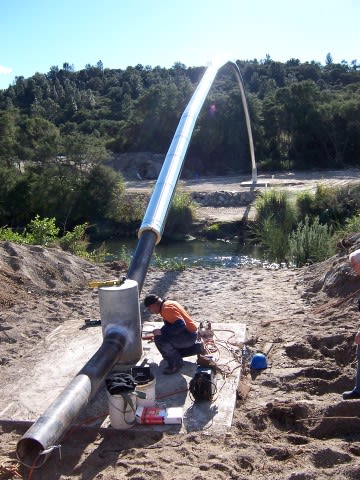McDermott1711
Mechanical
Hi everyone. I would be grateful if you share your worth-hearing story from your piping career.
Nothing is more fairly distributed than common sense: no one thinks he needs more of it than he already has. Rene Descartes
Nothing is more fairly distributed than common sense: no one thinks he needs more of it than he already has. Rene Descartes

